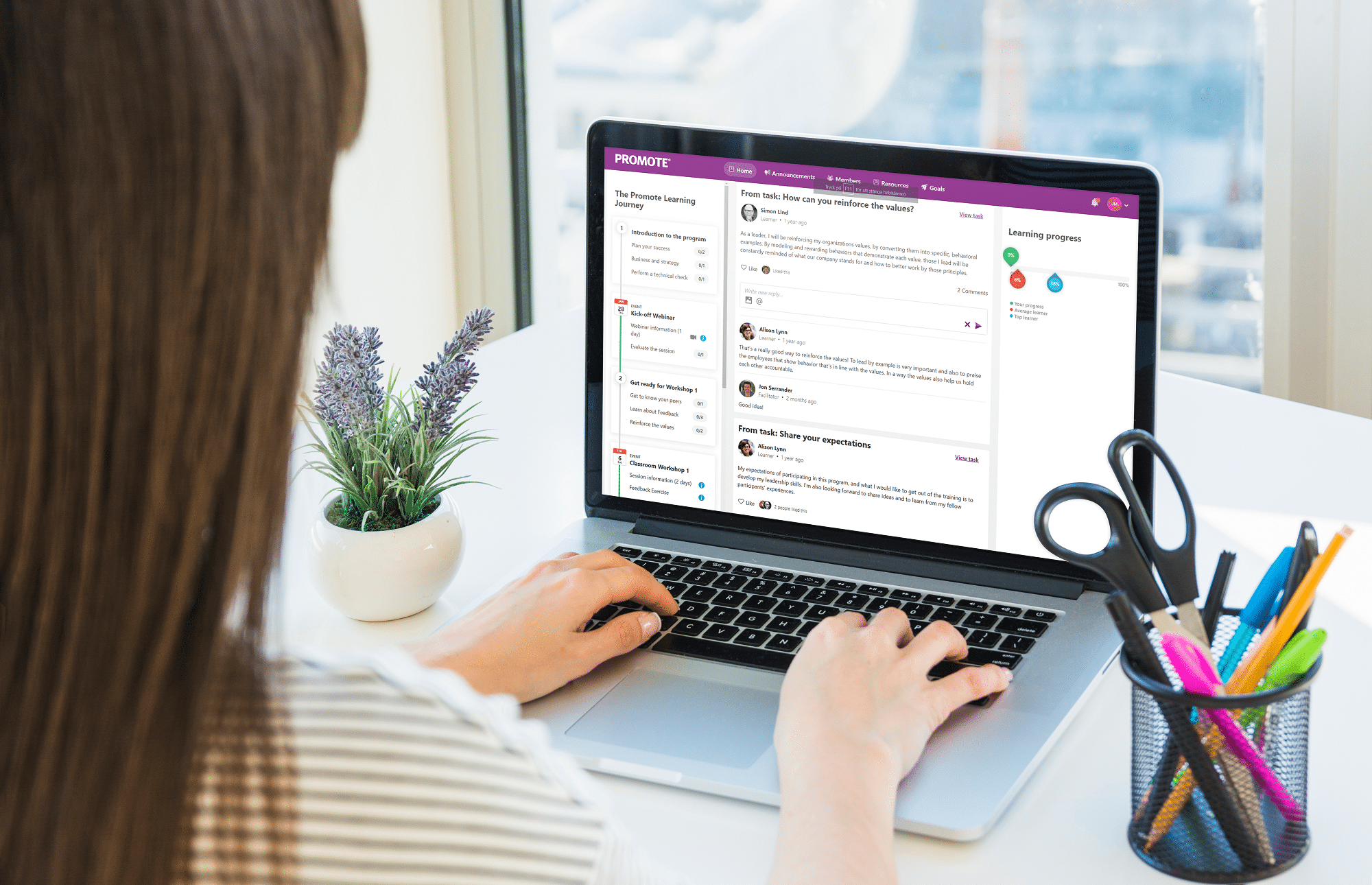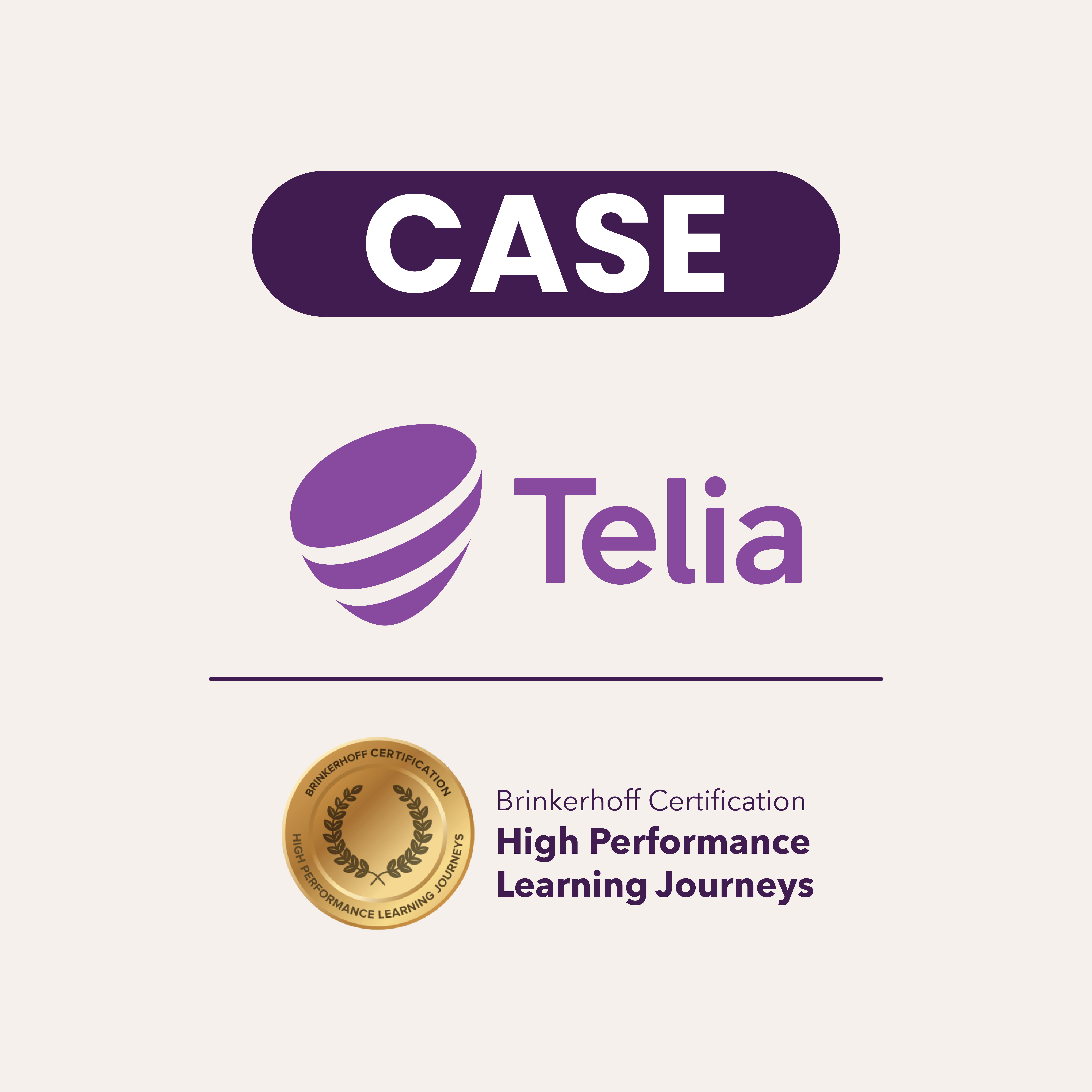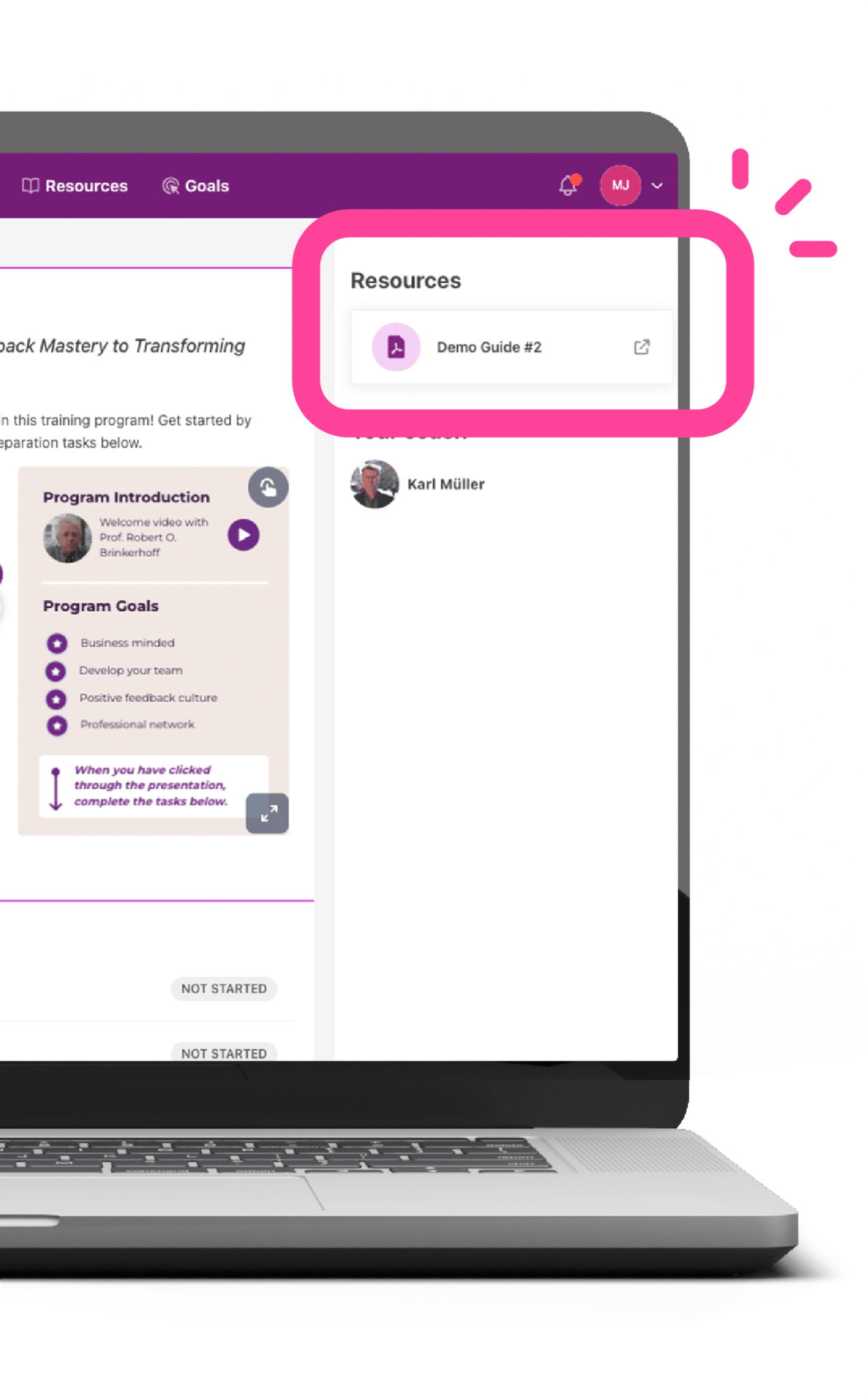“Can we make a pilot?” is a very common question I get from a lot of people I meet. I always answer like this: “What is it that you want to pilot?”. Yet, they rarely know. You can be sure of one thing though when you meet us: you never have to try if Promote works as a platform while executing a training program.
Many out there are looking for a platform, a tool or digital support and wants to “try and feel in the system” or “click around” before the decision is made to invest. Let us start there. Is it really the system you have to try out? Wanting to try if Promote could be used as a digital platform to implement an on-the-job-training for a pilot? We know that it works. You can leave that part to us.
There are multiple organizations within our two target groups; middle-sized to big corporations with internal Learning and Development departments as well as training providers all over the world that already tried if it works – we promise. Our clients have implemented multiple training programs supported by Promote for you to feel certain that Promote is an excellent tool for what it has been designed for – to push and implement learning journeys, make a training program to a process, get the wanted effect from the training program etc.
However, there are other reasons, good reasons, to make a pilot. Here are three of the most important reasons:
- Test how mature and open to change the organization is and communicate thereafter
- Challenge the organization to formulate a goal, concrete actions and effect as a result of the training program
- Clarify and concretize which roles and resources are required within the organization
Insights concerning these three bullet points contribute to successful progress with Promote or another platform for your training program. When focusing on these three bullet points you will realize quite quickly that a pilot is very little about the tool itself. Features and technique should not be in the centre when doing a pilot. A pilot’s primary focus should be about design, work method and your organization. Let me dive into these three bullet points:
1. Test how mature and sensitive the organization is and communicate thereafter
Since Promotes sole purpose is to push learning journeys the assumption is that the organization is prepared to change its mindset and see the training program as a learning journey and not only an individual course. Which means that you see the training program as a process, not an event.
Those who had hoped for an “ordinary”, let us pretend 2 day course in a classroom, without any preparations and a plan to actually implement in Promote and hope for a good result is going to be disappointed. Bullshit in, bullshit out, poorly expressed!
2. Challenge the organization to formulate a goal, concrete actions and effect as a result of the training program
The organization needs to do its homework for a successful pilot – that’s unfortunately not something we can help you with. This means that you have to be prepared to put in some effort into the pilot – unfortunately, it will not do this on its own. Above all, it is about setting a goal that is connected to the business growth and to find the situations and behaviours that will lead to development, and the results you want to achieve. Within the HPLJ-methodology we call it “Moments that matter” – the opportunities you get to practise your new knowledge.
Moreover, this means that you as the project owner is prepared to demand that it is expected to complete all the assignments throughout the training program from the organization. Also, this means that the organization is prepared to demand that its managers be involved.
3. Clarify and concretize which roles and resources are needed within the organization
When the pilot starts it is relevant to talk about the roles and resources within the organization that are required. Which roles are needed? Who should do what? How do we divide the work? In some cases, it could be relevant that the training provider has the responsibility to design, build the training program in Promote, import the participants and send the invitations.
In other cases, these assignments are divided between different functions within the team, such as Program Manager, facilitators and Administration. In my experience, it is when clients have worked with Promote for a while and you have a clear vision of how the organization want to use Promote, that it is relevant to talk about roles. HOWEVER, we always find the right roles with our clients, but it is after we have an understanding of the organization and have seen how the client wants to make progress and which results the client wants to achieve.
A pilot is an investment – for you and us
To conclude, a pilot is an investment – in time and resources – for us and for you. A pilot is not to test functions in a system, click around and feel it. A pilot is to create the right conditions for a new way of working and prepare for a behavioural change, better results and a clear effect – as successful as possible.
Other benefits with a pilot for a training program with Promote:
- You are not bound to something that you, in the end, would not use if you for some reason are not happy (however, we are certain you are going to be ?)
- You can try us as a provider and partner in your Learning and Development team. We have years of experience to cooperate, coach and support Learning and Development departments, Managers and teams – let us know if you want to get in touch with a reference
- For a small investment you get A LOT: knowledge, insights, results, thoughts and wonderings – regarding training programs, designing a learning journey and the effect from the training program! That we can guarantee – what you choose to do with your new knowledge is up to you – and we promise not to leave you hanging!




